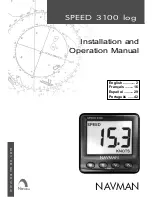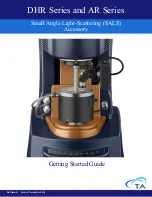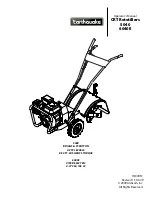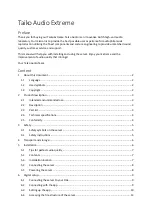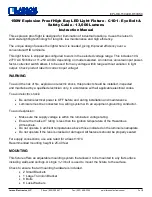
7 Performing the measurement
29
emissivity, e.g. paint or emission adhesive (accessory: 0554 0051), which must
be applied to the object to be measured.
The following table gives typical emissivities of important materials. These
values can be used as a guide for user-defined settings.
Material (material temperature)
Emissivity
Aluminium, bright rolled (170 °C)
0.04
Cotton (20 °C)
0.77
Concrete (25 °C)
0.93
Ice, smooth (0 °C)
0.97
Iron, emery-ground (20 °C)
0.24
Iron with casting skin (100 °C)
0.80
Iron with rolling skin (20 °C)
0.77
Gypsum (20 °C)
0.90
Glass (90 °C)
0.94
Rubber, hard (23 °C)
0.94
Rubber, soft grey (23 °C)
0.89
Wood (70 °C)
0.94
Cork (20 °C)
0.70
Radiator, black anodised (50 °C)
0.98
Copper, slightly tarnished (20 °C)
0.04
Copper, oxidised (130 °C)
0.76
Plastics: PE, PP, PVC (20 °C)
0.94
Brass, oxidised (200 °C)
0.61
Paper (20 °C)
0.97
Porcelain (20 °C)
0.92
Black paint, matt (80 °C)
0.97
Steel, heat-treated surface (200 °C)
0.52
Steel, oxidised (200 °C)
0.79
Clay, burnt (70 °C)
0.91
Transformer paint (70 °C)
0.94
Brick, mortar, plaster (20 °C)
0.93
Reflected temperature information:
Using this offset factor, the reflection is calculated out based on the low
emissivity, and the accuracy of the temperature measurement with infrared
measuring instruments is improved. In most cases, the reflected temperature is
identical to the ambient air temperature. Only when objects with strong
emissions at much lower temperatures (such as cloudless skies during outdoor
readings) or much higher temperatures (such as ovens or machines) are in
proximity to the object being measured should the radiation temperature of































